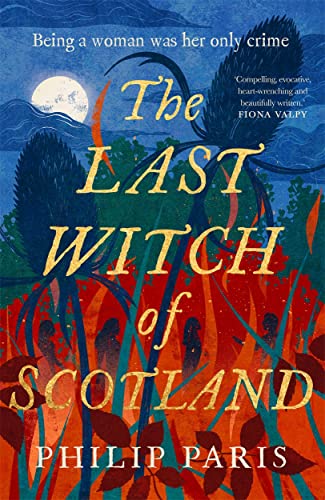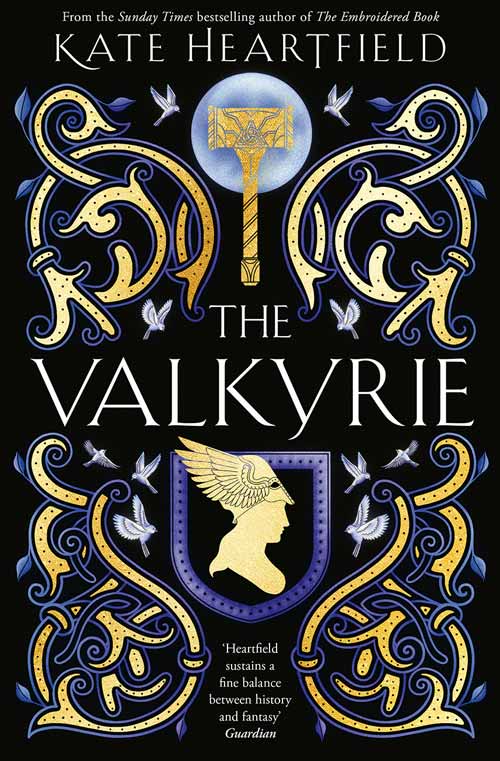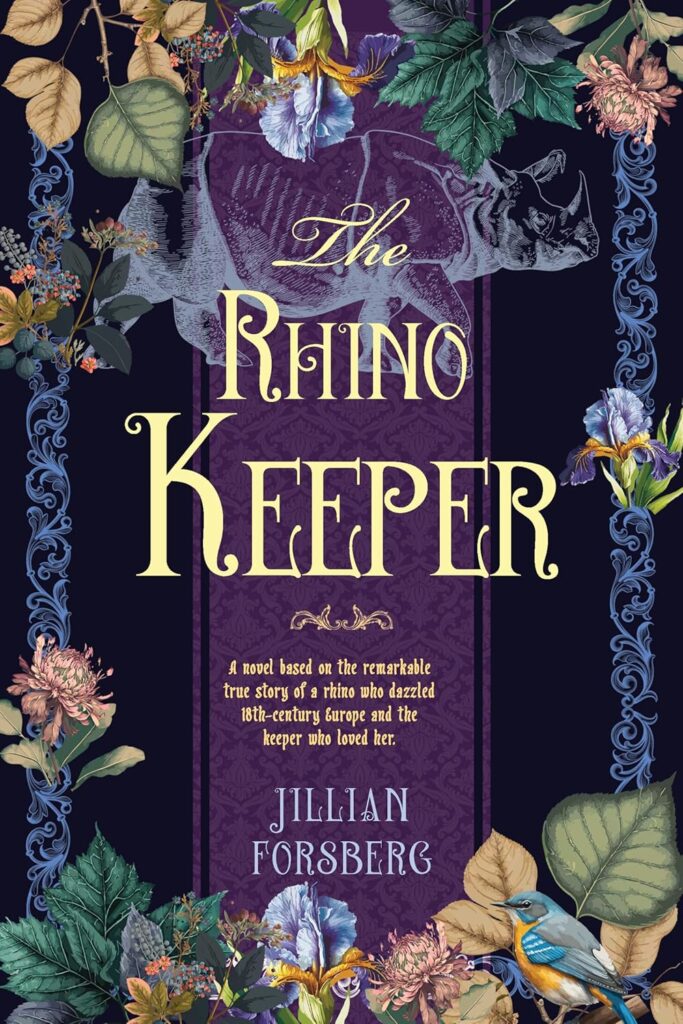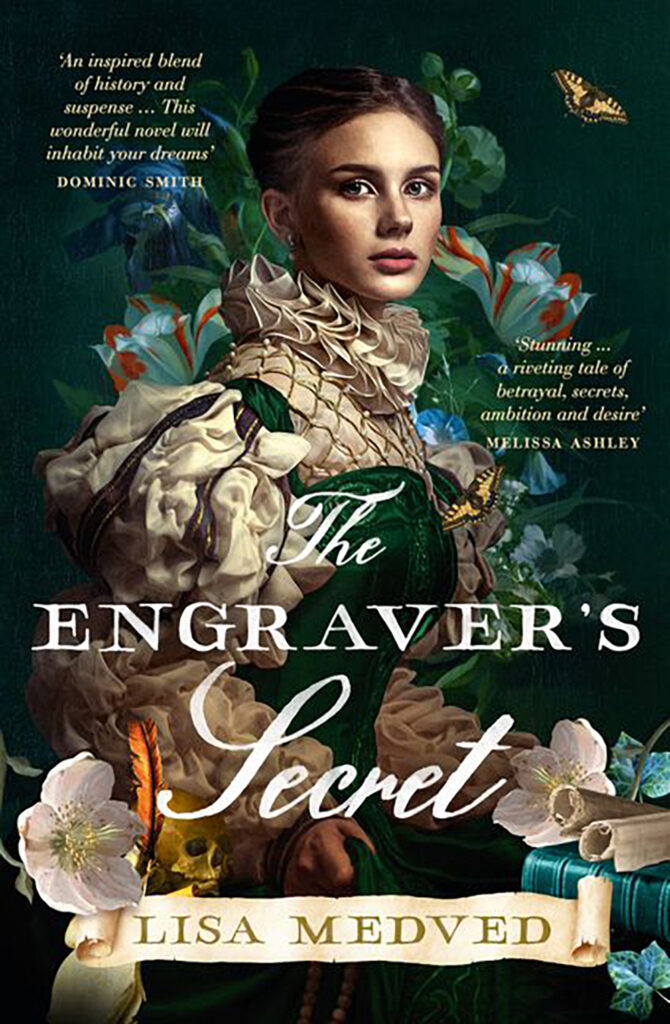The Last Witch of Scotland
Dornoch, Sutherland, 1727: Janet Horne, a widow showing early signs of dementia, and her daughter Aila, her feet and hands deformed, are accused of witchcraft and sentenced to death. Janet’s daughter escapes, but Janet is executed, after a trial that may not have been wholly legal.
Paris has taken the scant historical facts available (it is possible that even Janet’s name was a generic one for a witch) and has woven a compelling story of suspicion, misplaced zeal, and jealousy in a rural community. The crimes the two women are accused of are essentially those of being intelligent and outspoken, and without a male protector.
The trial scene, even though the reader knows from history what the outcome will be, is a tense one; for as long as Aila Horne is able to speak in her own defence, it looks as though the women might be acquitted. It is when she is silenced that their doom seems inevitable. Paris tells the story through Aila’s voice, starting with the terrible accident that mutilates her, and alternates it with the third-person narrative of a fictional troupe of travelling players, whose lives come to overlap with hers. One of them has a terrible secret that parallels Janet’s fate. Paris is at his best in setting the scene of a crofting community, not so close-knit that their fears cannot be exploited by an obsessive Presbyterian minister with his own demons to contend with. He has a gift, too, for the vignette, as in “Murdo, the precentor… also the gravedigger, session clerk and part-time schoolmaster… chosen mainly for this role because he had a loud voice. [He] reminded me of the occasion when I watched a cow give birth…”










